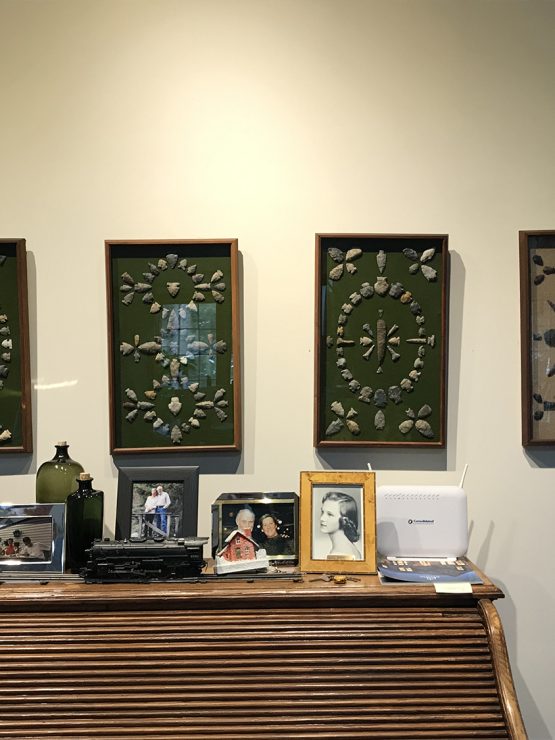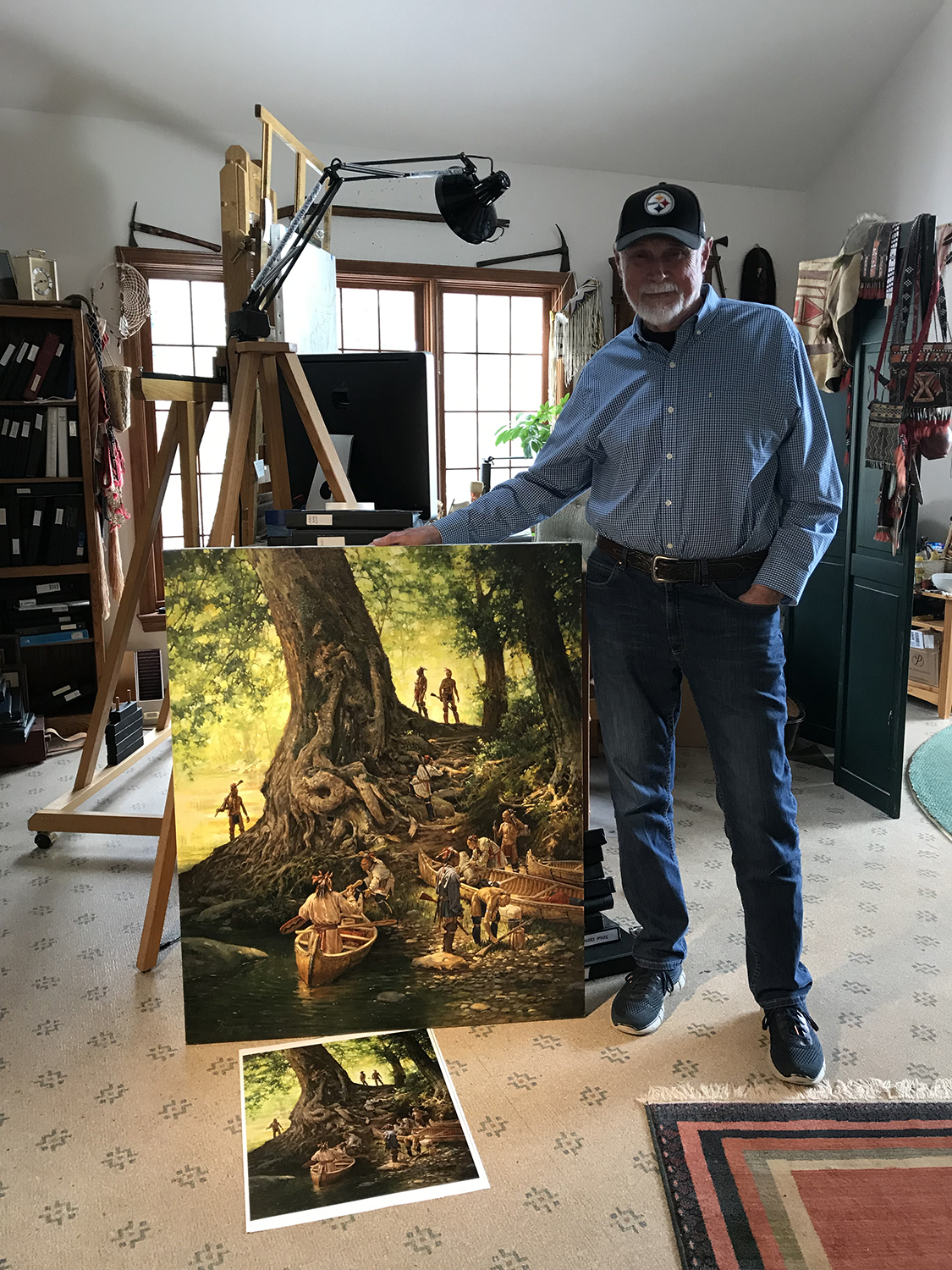
While exploring the Fort Pitt Museum, many visitors instantly recognize the artwork of Robert Griffing. Utilized for exhibit murals, videos, brochures, and souvenir postcards, Griffing’s art in the museum accomplishes his goals of inspiring and engaging others in 18th-century frontier history.
Childhood and Early Career
Born in Linesville, Pa., Griffing was surrounded by woods and Lake Pymatuning, where he found his first arrowhead that inspired his interest in American Indians. His interest in art started, “ever since I could hold a pencil.” He thought up stories and made cartoons and drawings to go with them. “And of course, it carried onto what I’m doing now, still telling stories.”[1]
Griffing attended the Art Institute of Pittsburgh and studied commercial illustration. After graduation, he took his first job at the Houze Glass Company creating designs for silkscreens. He later joined Goldman, Shoop & Rothchild which merged with MARC Advertising in 1968, one of Pennsylvania’s largest advertising agencies. During his more than 30-year career in commercial advertising, he was known as the “Duke of Design” for his ability to compose and organize a piece for clients, skills he carried over into his painting career.
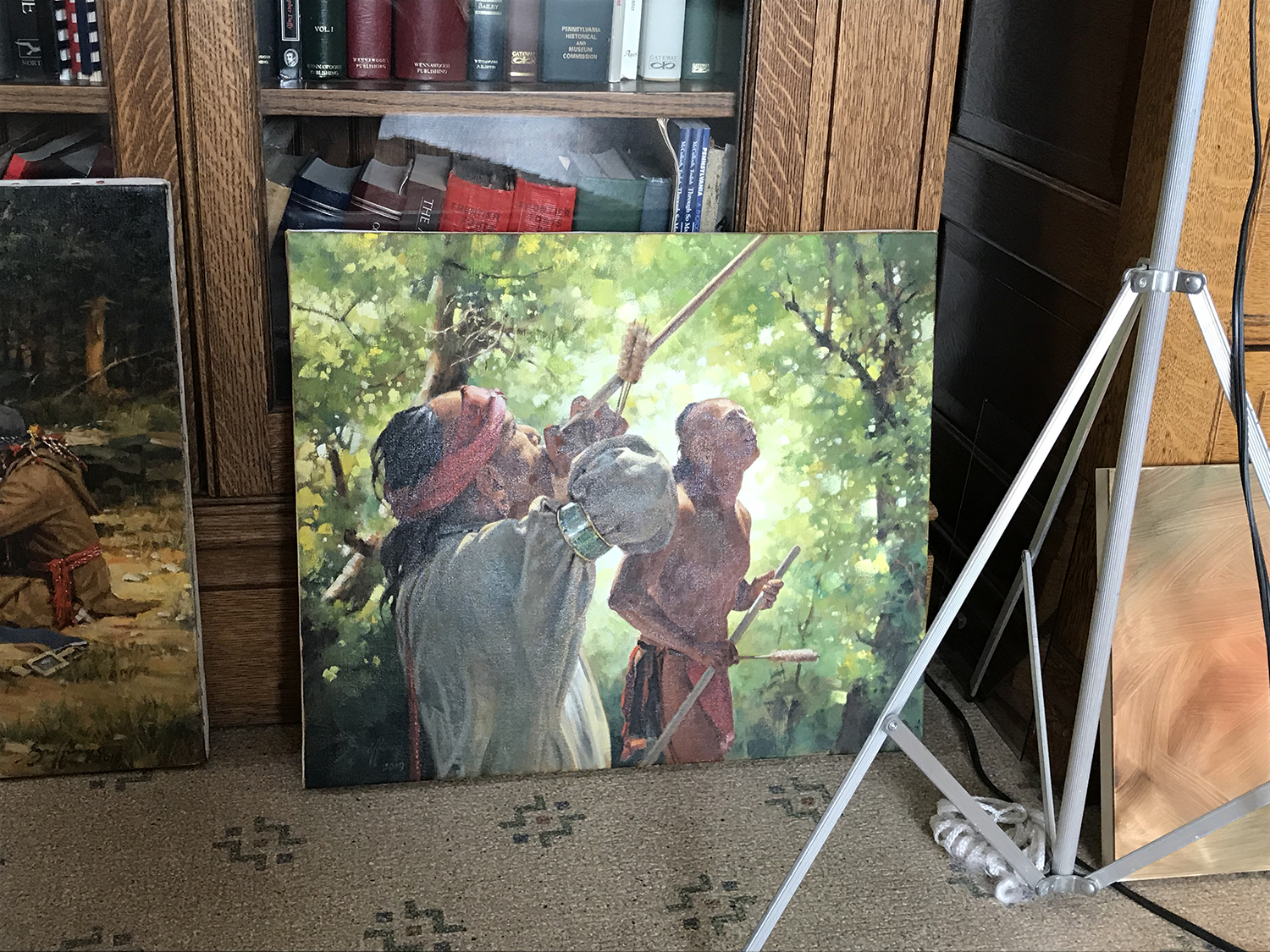
Newfound Inspiration
In the 1980s, his advertising work took him to Albuquerque, N.M., where he was shocked at the artwork displayed. “I couldn’t believe my eyes when I first saw Indians actually depicted in a realistic, historic style.”[2] The trip rekindled his interest in American Indians, and he began painting in his spare time.
In 1991, he participated in a show in the Art Institute of Pittsburgh’s Barclay Memorial Gallery where half of his artwork sold out within days, including his first print, “Seneca Scouts.” “That’s when it really took off,” said Griffing. “This is something I never would have dreamed. That there were that many people out there with the same interest.” According to Griffing, and several of his artist friends, no one was depicting Eastern Woodland Indians at the time, which is what made his artwork so popular. That, along with the release of the film The Last of the Mohicans starring Daniel Day-Lewis, intensified public interest.[3]
Griffing’s drive came from his passion for educating the public about American Indians and Western Pennsylvania’s role in American history. In addition to speaking with local 5th grade classes, that Griffing describes as “the greatest,”[4] Griffing’s artwork also inspired Robert and Kathleen Millward, educators from the Indiana University of Pennsylvania, to create video and curriculum materials for teaching history. Their materials focused on his artwork and utilized teaching methods that can be applied to other time periods and subjects. His artwork provides clarity to the mental image of old growth forests, American Indian councils, the Point, and Fort Pitt at the Forks of the Ohio River. According to Dr. David Preston, “Historians and students have known in an intellectual way many of the details and sources that inspire Robert’s scenes. But it takes his masterful brush to make them human.”[5]
A Passion for Historical Artwork
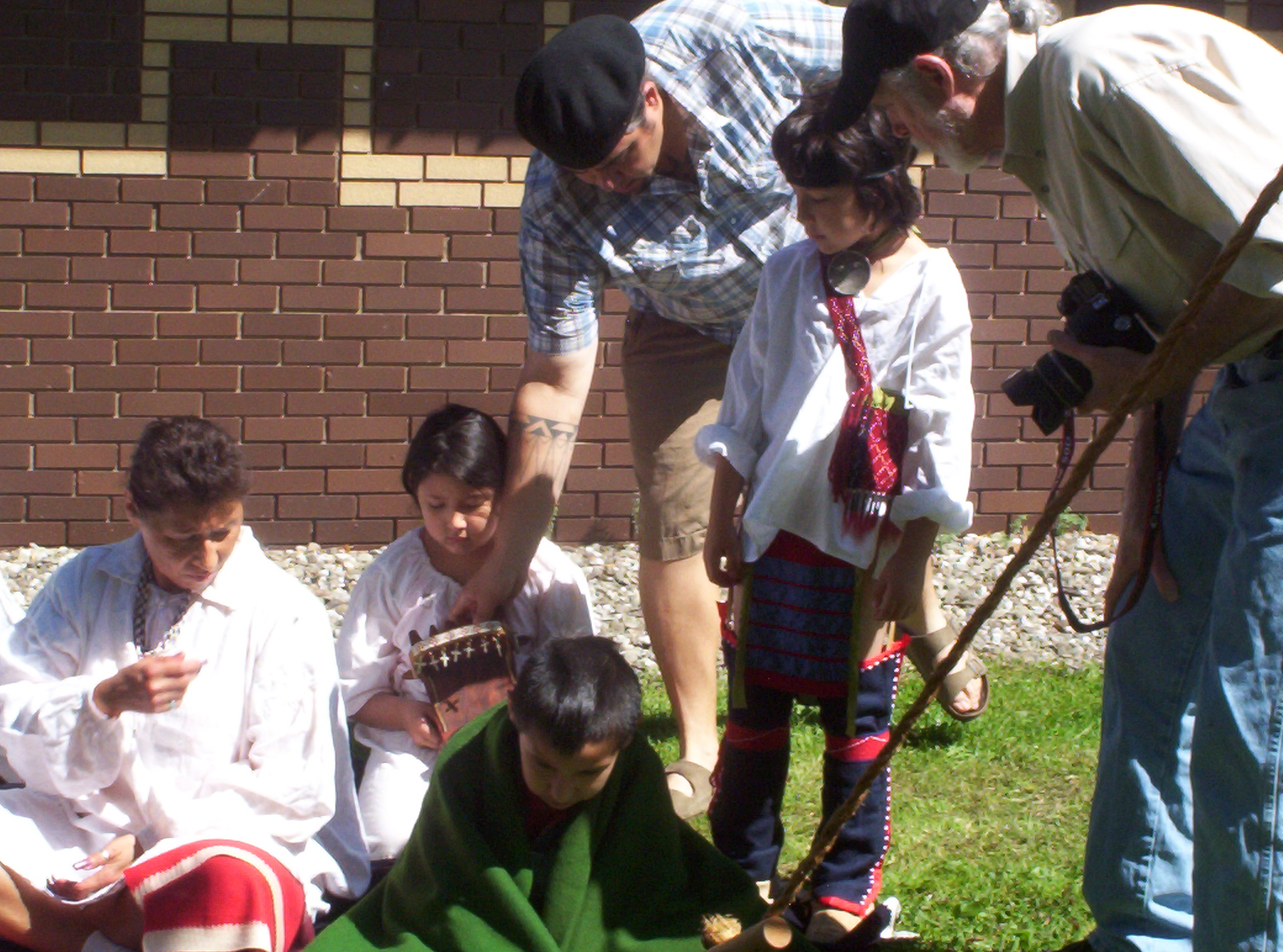
Combined, his first two books, written by George Irvin and Tim Toddish, feature over 200 paintings that are woven into the history of the 18th-century frontier. The third book, “The Historical Art of Robert Griffing Volume III: An Amazing Journey,” written by Michael Galban, Mono Lake Paiute/Washoe and Curator and Interpretive Programs Assistant for the Seneca Art & Culture Center at Ganondagan, provides an American Indian perspective on the frontier and greater understanding of American Indian communities.
Griffing met Galban through annual shows at the Seneca-Iroquois National Museum. Their first major collaboration was Griffing’s “The Great Treaty of Canandaigua,” which was unveiled at the annual treaty commemoration in Canandaigua, N.Y. on Nov. 11, 2010. Galban organized the photo shoot for Griffing including casting live models, providing historically accurate clothing, and setting eight to nine separate scenes that would come together in the final painting. Griffing says, “It was exciting because this was the first time I had worked with someone in that capacity as a team trying to achieve a common goal.”[6] “The Great Treaty of Canandaigua” was the biggest, and most rewarding, project Griffing has ever done. Over the years, Griffing continued working with Galban and knew he wanted Galban to write the third book to provide an indigenous perspective on frontier history.
Hundreds of paintings, prints, and three books later, Griffing has several favorites, but said it is hard to choose just one because each painting has its own story, meaning, and its own reason for painting it. As for the future, Griffing says there is always something, but he might not get enough paintings for a fourth book … maybe a shorter book.[7]
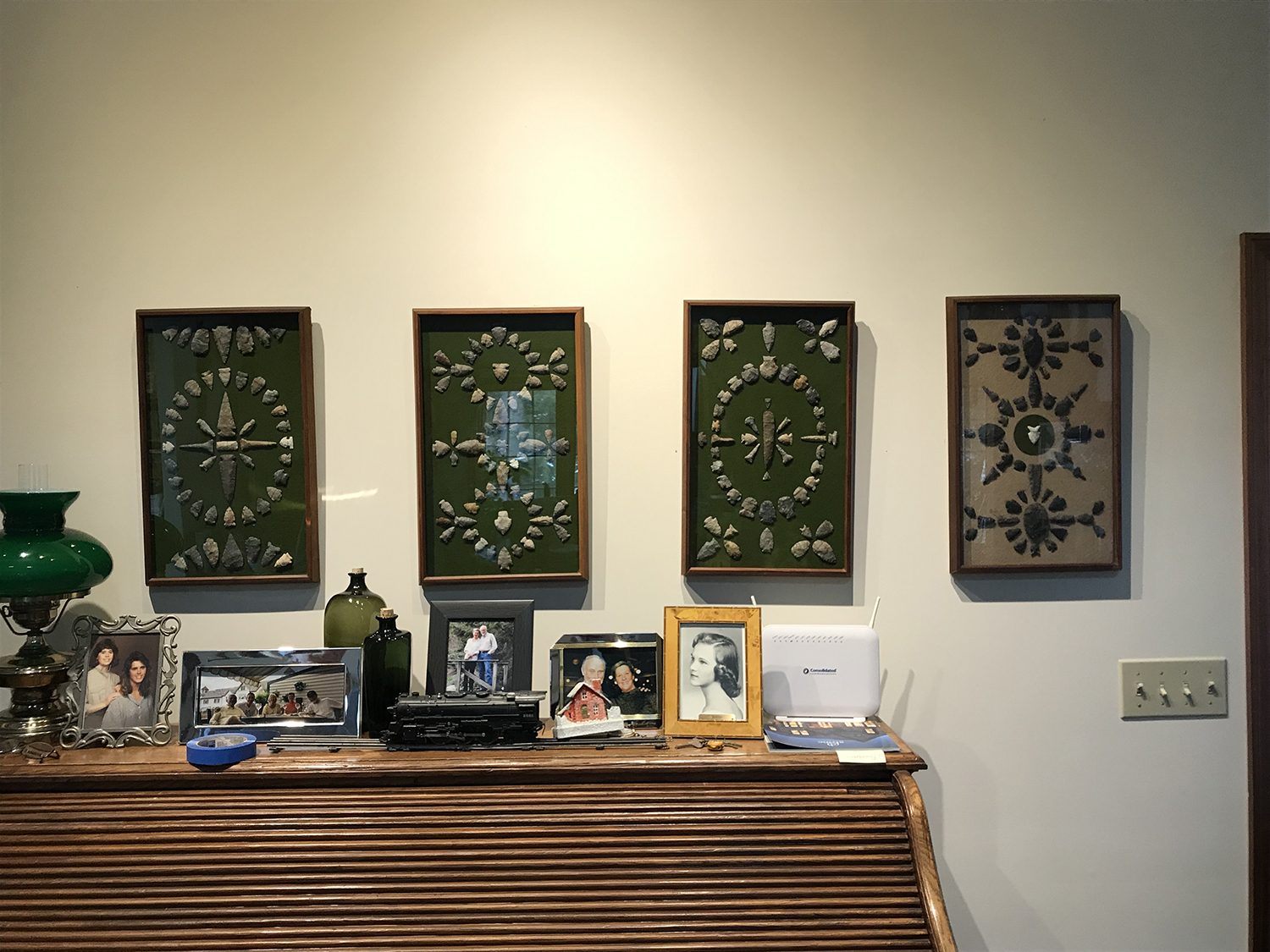
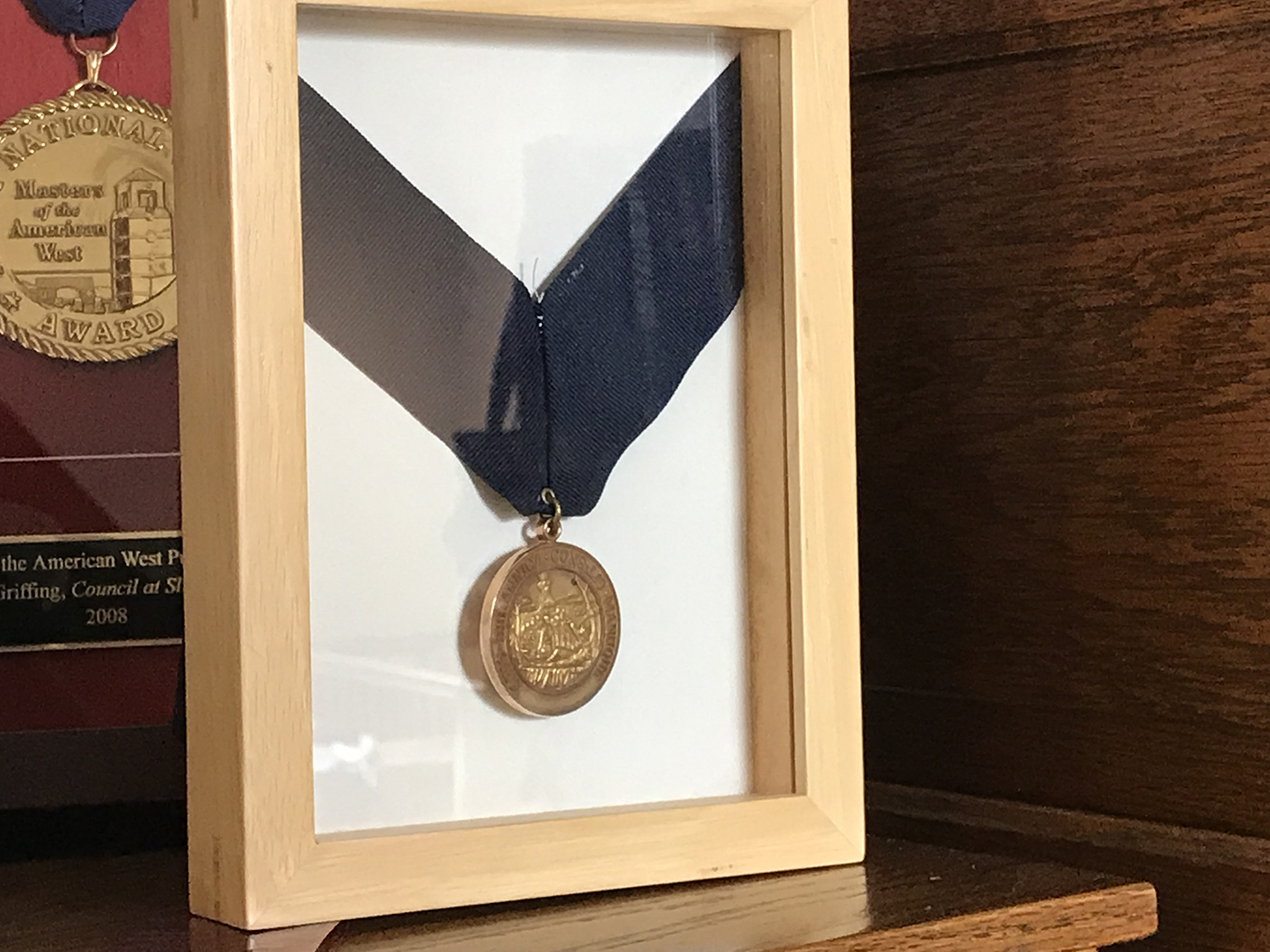
Save the Date!
On July 13, the Fort Pitt Museum will honor the works of Robert Griffing with a moderated conversation hosted by Andy Masich, President and CEO of the Heinz History Center, and Alan Gutchess, Director of the Fort Pitt Museum, and a presentation by Michael Galban, author of “The Historical Art of Robert Griffing: An Amazing Journey, on The Great Treaty of Canandaigua” and his continued collaboration with Griffing.
[1] Griffing, Robert. Personal Interview. February 13, 2019.
[2] Irvin, George. The Art of Robert Griffing: His Journey into the Eastern Frontier. Ashville (NY): East/West Visions, 2000, p. 140.
[3] Griffing, Robert. Personal Interview. February 13, 2019.
[4] Griffing, Robert. Personal Interview. February 13, 2019.
[5] Galban, Michael. The Historical Art of Robert Griffing Volume III: An Amazing Journey. Panama (NY): Paramount Press, 2018, p. vii.
[6] Griffing, Robert. Personal Interview. February 13, 2019.
[7] Griffing, Robert. Personal Interview. February 13, 2019.
Kathleen Lugarich is the education manager at the Fort Pitt Museum.
